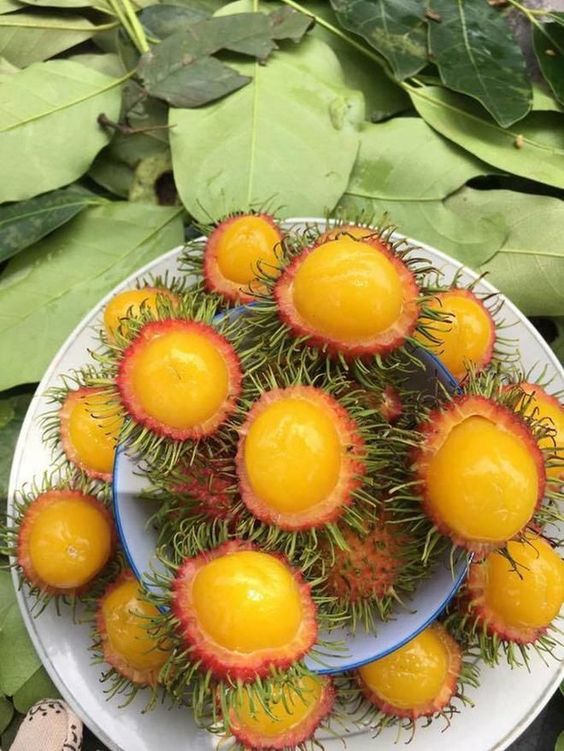The prickly pear, scientifically known as Opuntia, is a remarkable fruit that may not be as well-known as its counterparts in the fruit world. With its spiky exterior and vibrant, juicy interior, the prickly pear has much to offer. In this article, we’ll delve into the world of this unique and versatile fruit, exploring its history, culinary uses, nutritional benefits, and more.

History and Origins: The prickly pear cactus is native to the Americas, primarily found in arid and semi-arid regions of North and South America. It has been cultivated for thousands of years, with archaeological evidence suggesting its consumption as far back as 12,000 years ago. It’s a plant with a rich history, deeply intertwined with the cultures of the indigenous peoples of the Americas.


Appearance and Varieties: Prickly pear fruits come in various shapes and colors, but they are typically oval or pear-shaped and can range in color from yellow and green to deep red and purple. Their signature feature is the presence of small, hair-like spines or glochids on the skin, which require careful handling. Some varieties of prickly pear are nearly spineless, making them easier to harvest.


Culinary Uses: The prickly pear’s vibrant and sweet-tasting flesh is commonly used in culinary creations. It can be consumed fresh, made into jams and jellies, or even used as a base for beverages like prickly pear margaritas. In Mexican cuisine, the prickly pear is a key ingredient in dishes such as nopales, which are the young, tender pads of the prickly pear cactus. These pads are sliced and often added to salads, tacos, or sautéed with other vegetables.

Nutritional Benefits: Prickly pears are not only delicious but also highly nutritious. They are a good source of dietary fiber, vitamin C, and essential minerals like magnesium and potassium. The fruit is also low in calories, making it a healthy addition to your diet. Moreover, prickly pear juice has gained popularity for its potential health benefits, including its role in managing blood sugar levels and reducing cholesterol.
Medicinal Uses: Beyond their culinary uses, prickly pears have been used in traditional medicine for various purposes. Some cultures have employed them to treat wounds, stomach ailments, and as a natural remedy for certain skin conditions. Research is ongoing to explore their potential health benefits and medicinal properties.







